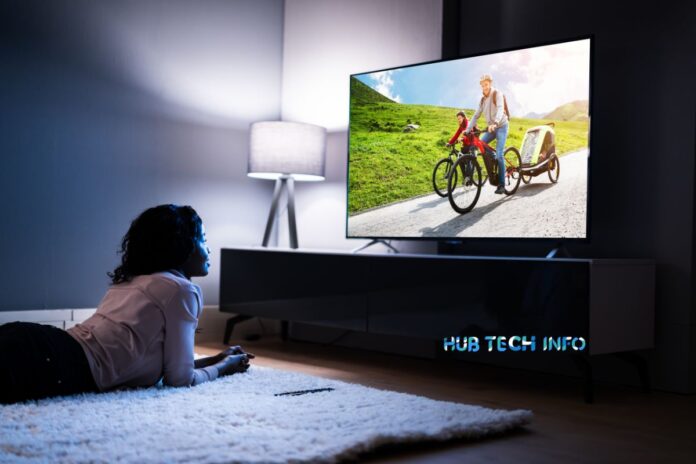LED TVs have become a staple in modern households, offering exceptional picture quality and a plethora of features that enhance the viewing experience. If you’re considering purchasing an LED TV, it’s essential to understand the key aspects that set them apart from other types of televisions. Here are the top 10 things you need to know about LED TVs.
1. What is an LED TV?
An LED TV is a type of LCD TV that uses light-emitting diodes (LEDs) to backlight the display. Unlike traditional LCD TVs that use fluorescent lights, LEDs offer better energy efficiency, improved brightness, and enhanced contrast ratios. This technology allows for slimmer designs and better overall performance.
2. Picture Quality
One of the primary reasons people opt for LED TVs is their superior picture quality. LED TVs typically offer higher contrast ratios, meaning you get deeper blacks and brighter whites. This results in a dynamic and better viewing experience. Many LED TVs also support High Dynamic Range (HDR), which enhances color and contrast even further.
3. Energy Efficiency
LED TVs are known for their energy efficiency compared to other types of TVs, such as plasma or traditional LCDs. The LED backlighting requires less power, which not only reduces electricity bills but also makes them a more environmentally friendly option. Look for models with Energy Star certification for the best energy performance.
4. Screen Size and Resolution
LED TVs come in a wide range of sizes, from compact models suitable for small rooms to large screens perfect for home theaters. When choosing a size, consider the viewing distance and the size of the room. Additionally, LED TVs are available in various resolutions, including Full HD (1080p), 4K Ultra HD, and even 8K. Higher resolution means more detailed and clearer images.
5. Smart Features
Most modern LED TVs are equipped with smart features, allowing you to connect to the internet and stream content from services like Netflix, Hulu, and YouTube. They often come with built-in apps, voice control, and compatibility with smart home devices. When choosing a smart TV, check the operating system and available app selection to ensure it meets your needs.
6. Refresh Rate
The refresh rate of a TV, measured in Hertz (Hz), indicates how many times per second the image on the screen is refreshed. Standard LED TVs typically have a refresh rate of 60Hz, but higher-end models offer 120Hz or even 240Hz. A higher refresh rate can provide smoother motion, which is particularly beneficial for watching sports or playing video games.
7. Viewing Angles
One drawback of some LED TVs is the limited viewing angles. When viewed from the side, the picture quality can degrade, with colors appearing washed out or distorted. However, advancements in LED technology, such as IPS (In-Plane Switching) panels, have improved viewing angles. If you have a wide seating arrangement, consider a model with better viewing angles.
8. Connectivity Options
When selecting an LED TV, pay attention to the available connectivity options. Ensure it has enough HDMI ports to connect your devices, such as gaming consoles, Blu-ray players, and sound systems. Other useful ports include USB for media playback, Ethernet for wired internet connections, and optical audio for high-quality sound output.
9. Sound Quality
While LED TVs offer excellent picture quality, their sound quality often leaves something to be desired due to the slim design, which limits the size of built-in speakers. To enhance your audio experience, consider investing in a sound bar or a home theater system. Some LED TVs also support advanced audio technologies like Dolby Atmos, which can provide a more immersive sound experience.
10. Price Range and Value
LED TVs are available at various price points, making them accessible to a wide range of consumers. While high-end models with advanced features and larger screens can be quite expensive, there are plenty of affordable options that still offer good performance. Consider your budget and prioritize features that are most important to you, such as screen size, resolution, and smart capabilities.
Final Words
Understanding these key aspects of LED TVs will help you make an informed decision when purchasing a new television. LED TVs offer a blend of excellent picture quality, energy efficiency, and smart features, making them a great choice for modern entertainment needs.
By considering factors like screen size, resolution, refresh rate, and connectivity options, you can find an LED TV that perfectly suits your preferences and enhances your viewing experience.
When shopping for an LED TV, take the time to compare different models, read reviews, and, if possible, view the TVs in person to assess picture quality and other features. With the right knowledge, you can select an LED TV that provides years of enjoyment and fits seamlessly into your home entertainment setup.
Read Also:



